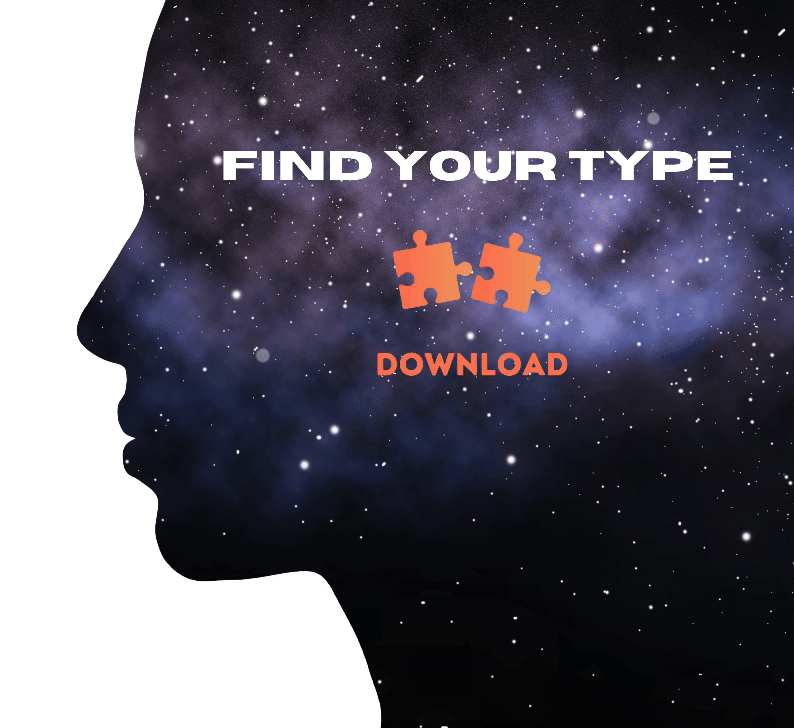Personality type of Bruce Lee
Bruce Lee: Exploring the Personality Type of the Legendary Martial Artist
Bruce Lee, an iconic martial artist, actor, and philosopher, is celebrated for his profound influence on martial arts and cinema. To understand Bruce Lee’s personality, examining his traits and tendencies can provide insight into the remarkable individual behind the legendary legacy.
The Public Persona of Bruce Lee
Bruce Lee, born on November 27, 1940, in San Francisco, California, was a martial artist, actor, and cultural icon known for his groundbreaking approach to martial arts and his impact on action films. His work, including films like Enter the Dragon and The Way of the Dragon, revolutionized the genre and left a lasting impression on both martial arts and film industries. Lee was also known for his philosophical insights and his approach to personal development and self-discipline.
Understanding Bruce Lee's Personality Type
To understand Bruce Lee's personality type, we can explore his traits and tendencies in a more generalized context.
1. Introversion vs. Extraversion
Bruce Lee displayed traits commonly associated with extraversion. His dynamic presence on screen, combined with his charisma and ability to captivate audiences, reflects an outgoing and engaging personality. Extraverts are typically energized by social interactions and are comfortable in the spotlight, which aligns with Lee’s impactful public persona and his influential role in martial arts and cinema.
2. Intuition vs. Sensing
Lee’s approach to martial arts and philosophy suggests a strong preference for intuition. His innovative techniques, combined with his philosophical insights into martial arts and personal growth, demonstrate a focus on abstract concepts and visionary thinking. Intuitive types are known for their creativity and ability to envision new possibilities, which aligns with Lee’s approach to developing and integrating martial arts techniques and philosophies.
3. Thinking vs. Feeling
Bruce Lee exhibited a blend of thinking and feeling traits. His methodical approach to training and his strategic mindset reflect a thinking orientation, characterized by logical analysis and problem-solving. However, his emphasis on personal growth, emotional resilience, and his philosophical reflections reveal a feeling side, showing his capacity for empathy and emotional depth.
4. Judging vs. Perceiving
Lee’s career and approach to martial arts reflect a preference for perceiving. His ability to adapt his techniques and philosophies, and his openness to exploring various martial arts styles and personal development practices, highlight his flexibility and spontaneity. Perceiving types are typically open to new experiences and adaptable to changing circumstances, which is evident in Lee’s innovative approach to martial arts and film.
Based on these traits, Bruce Lee aligns closely with the ENTP personality type. ENTPs are known for their creativity, strategic thinking, and enthusiasm for exploring new ideas and possibilities. They excel in adapting to new challenges and pushing boundaries, which mirrors Lee’s revolutionary impact on martial arts and his influential contributions to film and philosophy.
Lee’s Public Persona and Its Implications
Bruce Lee’s public persona is characterized by his charisma, creativity, and strategic vision. His ability to captivate audiences through his innovative martial arts techniques and his philosophical insights reflects his extraverted and intuitive traits. His flexible approach to martial arts and his openness to new ideas highlight his perceiving nature, making him a trailblazer and influential figure in martial arts and cinema.
Conclusion
Bruce Lee’s personality type reveals an individual who combines creativity, strategic thinking, and a dynamic presence. His contributions to martial arts and film, along with his philosophical insights, showcase his strengths as a visionary and influential figure.
Enjoyed this? Check out: The Personality Type of Elon Musk
For more information about Bruce Lee, visit his Wikipedia page.
